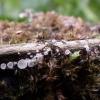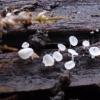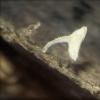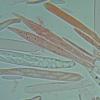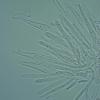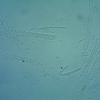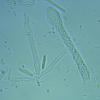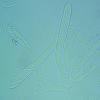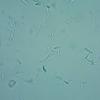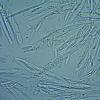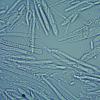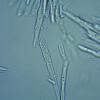
09-01-2026 17:41
Arnold BüschlenHallo, F. dilatata wird von vielen Bryoparasiten

10-01-2026 20:00
Tom SchrierHi all,We found picnidia on Protoparmeliopsis mur

07-01-2026 22:22
 Danny Newman
Danny Newman
Tatraea sp. on indet. hardwood The Swag, Great Sm

10-01-2026 01:18
 Danny Newman
Danny Newman
cf. Neovaginatispora fuckelii on indet. shrub Pre

07-01-2026 10:24
 Danny Newman
Danny Newman
Pezicula sp. on indet. hardwood Appalachian Highl

09-01-2026 10:08
 Blasco Rafael
Blasco Rafael
Hola, en el mismo habitat que la anteriorRetamaDia

08-01-2026 21:22
 Blasco Rafael
Blasco Rafael
Hola, He recogido esta muestra de Orbilia sobre Re

07-01-2026 17:29
 Marc Detollenaere
Marc Detollenaere
Dear Forum,On a barkless Populus I found some smal

10-11-2021 17:33
 Riet van Oosten
Riet van Oosten
Add-on topic http://www.ascofrance.com/forum/7059

07-01-2026 10:05
 Danny Newman
Danny Newman
cf. Chaetospermum on XylariaCosby Campground, Grea
Could this be Lachnum pudibundum?
Jan Knuiman,
22-06-2018 18:10
Yesterday I found these discomycetes with a cup diameter of about 1 mm on wet and rotten Salix wood. Spores measured in water were 7.5-11.5 x 2.0-2.5 micron. Paraphyses were lanceolate and exceeded the asci by 20-30 micron. Hairs had a maximum length of 50 micron, were cylindrical and sometimes had a clavate top. Could this be Lachnum pudibundum?
Kind regards,
Jan
Hans-Otto Baral,
22-06-2018 18:28

Re : Could this be Lachnum pudibundum?
Yes, possible. Asci lack croziers and apos turn reddish as I see on your pics. The reddish change is due to striking abundant VB-guttules in the paraphyses which are invisible on your picks because of pressure on the cover slip. They would be very characteristic for the species.
Jan Knuiman,
22-06-2018 20:02
Re : Could this be Lachnum pudibundum?
Thanks for your reply Zotto. Unfortunately, I made several other preparations but didn't find the characteristic guttules in the paraphyses. What other Lachnum species could it be if these guttules are truly absent?
Kind regards,
Jan
Kind regards,
Jan
Jan Knuiman,
24-06-2018 14:06
Hans-Otto Baral,
24-06-2018 17:52

Re : Could this be Lachnum pudibundum?
Maybe, although I am not sure if your paraphyses are alive. You may not press on the cover slip, and the apos must be fresh.
Jan Knuiman,
24-06-2018 18:09
Re : Could this be Lachnum pudibundum?
The collected material, a piece of wood with the fungi, was kept at about 20 degrees centigrades under moisty conditions and a preparation was made from a fresh apo. I covered the preparation with a slip and less pressure was applied compared with my earlier preparations.
Jan
Jan
Hans-Otto Baral,
24-06-2018 21:37

Re : Could this be Lachnum pudibundum?
I believe you but for the asci they are clearly dead, and with the paraphyses I am not sure.
Jan Knuiman,
24-06-2018 23:52
Re : Could this be Lachnum pudibundum?
It's a pity that we cannot come to a final conclusion as to the identity of this species, but I would like to thank you, Zotto, for your attention and comments.
Kind regards,
Jan
Kind regards,
Jan
